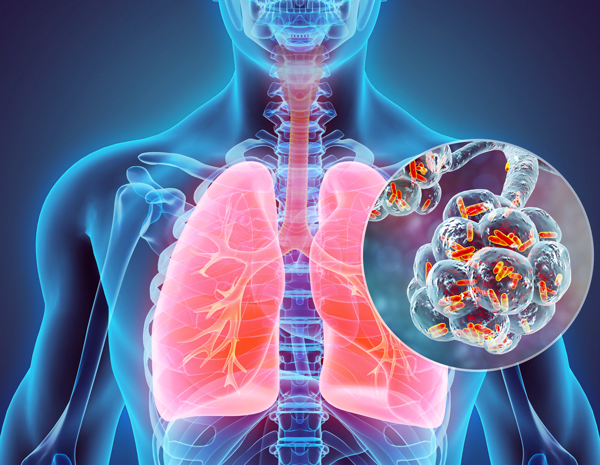Legionella Treatment and Diagnosis
Think about it for a moment. If you have Legionella and did not bother to get treatment, you have made a big mistake. Legionella Disease poses a serious threat to public health, causing many cases each year. This article will provide you with an overview of the disease, information about Legionella treatment and prevention.
Legionella treatment is a necessary step for individuals who have been exposed to the disease because it can cause several short-term health problems such as fever, respiratory infections, and flu. When contaminated in air conditioning systems, it can cause Legionnaires' disease. This disease is severe pneumonia with a 10% mortality rate. We have already told you about the Legionella symptoms; it's time for the treatment.
source: C4Legio
What is Legionella?
Legionella disease is a serious lung infection usually caused by breathing in small droplets of water that has become contaminated by the Legionella bacteria. Legionella is a bacterium that grows in warm, moist environments. Up to 10% of the people exposed to the bacteria become sick. About one in ten of those infected will die from the illness. If this happens, you risk developing pneumonia, which could be fatal if not treated quickly. It can initially be difficult to tell whether you have the flu or Legionella, so it's important to know when to seek medical treatment. Treating this condition on your own could mean serious health risks or even death. Some people who have had Legionella are also at risk of developing a Pontiac fever condition.
The term Legionella began back in 1976 when a mysterious pneumonia-like disease was discovered in a group of people who had recently attended an American Legion Convention in Philadelphia. Ultimately, the cause was traced to contaminated tap water and plumbing fixtures at the hotel where the convention took place.
Legionella Diagnosis:
The most common way of diagnosing Legionnaires' disease is to test for Legionella bacteria in the sputum, or substance coughed up from the lungs. Legionella bacteria in sputum indicates that a person has Legionnaires' disease. To diagnose Legionnaires' disease, your doctor will typically order a chest X-ray and urine tests to determine if you have pneumonia.
If pneumonia is diagnosed and you have risk factors for Legionnaires' disease (see "Causes"), your doctor may recommend further testing. For example, a sputum sample may be taken for laboratory analysis to determine whether it contains Legionella bacteria.
In some cases, a physician may use bronchoscopy to obtain samples from your lungs and examine them under a microscope. A pulmonologist inserts a small tube with a lit camera on one end through your windpipe and down into your lungs during this treatment. A sample of lung tissue can then be removed to be tested for the presence of Legionella bacteria.
Legionella Treatment:
Legionella treatment depends on the severity of the infection and other factors.
Various stages of Legionella
source: Wikipedia
Legionella Treatment In Mild Cases:
If the infection is mild, it may not even require treatment. Your doctor may recommend rest and drinking plenty of fluids to flush out the bacteria from your body.
In milder cases, there are certain things you can do to relieve your symptoms and feel more comfortable while you recover. These include:
Resting more often than usual
Drinking lots of fluids
Inhaling steam from a hot shower or hot water in a bowl
Using a humidifier or cool-mist vaporizer
Legionella Treatment in Severe Cases
But if a person is suffering from a severe case of Legionella, they may need to be hospitalized. Severe cases can result in shock, respiratory failure, and life-threatening conditions requiring immediate medical attention.
In some cases, it's necessary to put the person on a ventilator (a machine that helps with breathing) and give the person drugs that relax their muscles to breathe more easily.
Even after treatment has begun, the patient will likely have to stay in the hospital for several days until they can breathe on their own again.
Conclusion:
Early identification and prompt treatment are the keys to curing Legionella disease. If you see signs or symptoms of Legionnaire's, you should see a doctor. Together you can determine if it's Legionella and how best to treat your condition. With early detection and treatment, people do get better. It is critical to note that treating legionella infection can take some time; as a result, proper rest, hydration, and other supportive measures are also essential for patients who have contracted Legionnaires disease.

